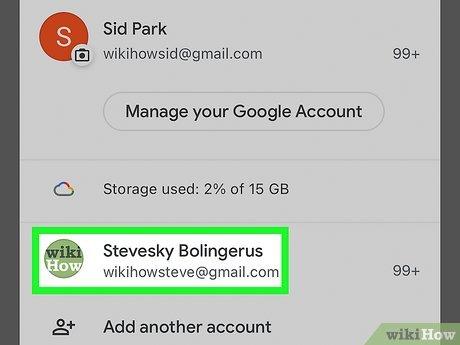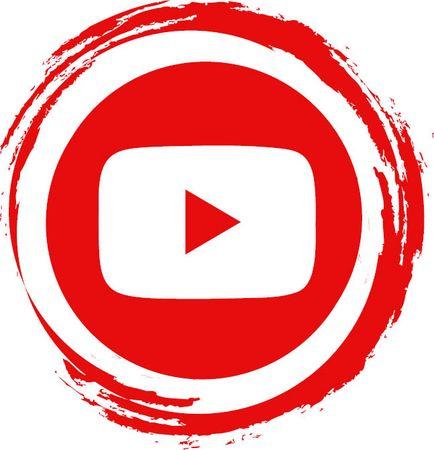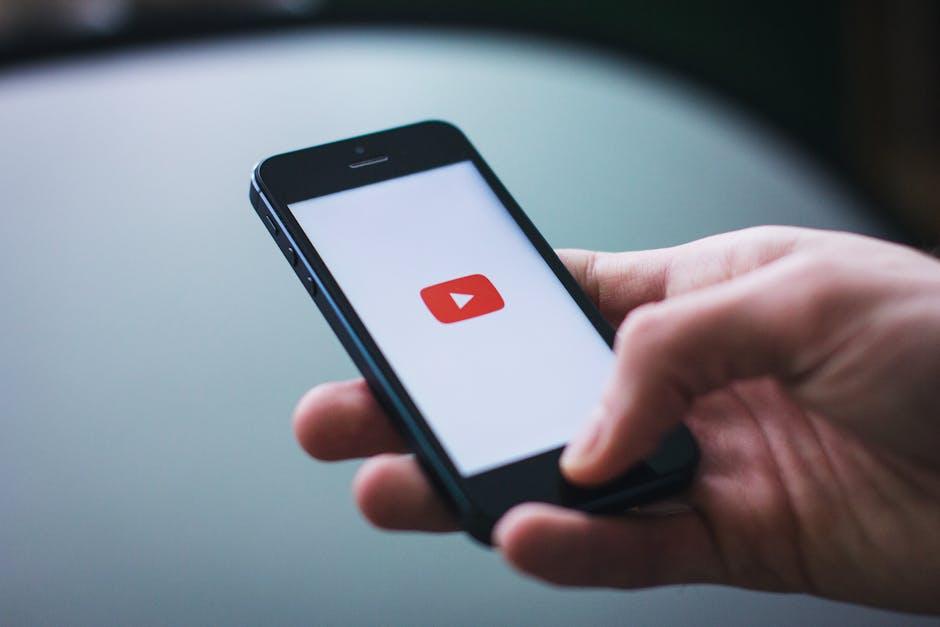In a world where information flows faster than a viral cat video, geographers are tapping into an unlikely ally: YouTube. Forget about dusty old textbooks and static maps; today’s cartographers are navigating a vibrant digital landscape where visual storytelling reigns supreme. Picture this: a virtual globe spinning in your living room, each click unraveling the mysteries of geography, climate, and culture. YouTube isn’t just about entertaining vlogs or travel diaries; it’s a treasure trove of knowledge waiting to be explored. Join me as we dive into how savvy geographers are harnessing this platform to map out the world like never before, turning complex concepts into engaging content that appeals to everyone from students to seasoned explorers. Let’s uncover the magic behind their digital approach and see how they’re reshaping our understanding of the planet, one video at a time!
Harnessing Visual Storytelling to Bring Geography to Life

Visual storytelling turns geography from a mundane subject into a captivating narrative. Through platforms like YouTube, geographers can spin rich tapestries of culture, climate, and ecology that engage viewers on a whole new level. Just think about it! A stunning aerial view of the Amazon rainforest paired with a narrative about biodiversity not only educates but also ignites curiosity. This approach allows educators to dive into complex geographic concepts, like plate tectonics or climate change, with relatable metaphors—like comparing the Earth’s crust to a giant puzzle that’s always shifting. It’s all about breaking down the barriers that traditionally make geography feel distant and abstract.
Moreover, utilizing immersive visuals and lively storytelling techniques can significantly enhance retention. When a viewer sees a dynamic time-lapse of city growth or watches a documentary-style clip about the effects of urbanization on landscapes, they’re more likely to remember the details. This way, educators can deliver *key takeaways* that resonate, such as:
- The interconnectedness of ecosystems
- How human activities shape the earth
- The impact of climate change on different regions
These bite-sized lessons, cleverly crafted into engaging narratives, not only inform students but also inspire a sense of responsibility towards our planet. It’s about sparking that “aha!” moment, where geography is no longer just a subject, but a living, breathing story we all share.
Engaging with Global Audiences through Interactive Content

In the age of digital connection, geographers are tapping into the immense power of interactive content to engage global audiences. Imagine watching a captivating YouTube video that whisks you away to the lush landscapes of the Amazon rainforest or the bustling streets of Tokyo. These videos don’t just paint a picture; they invite viewers to explore, learn, and immerse themselves in the narrative. By using tools like interactive maps, polls, and even quizzes, geographers can transform passive viewers into active participants. This creates a dynamic feedback loop where viewers can share their insights or questions in real-time, enriching the learning experience for everyone involved.
Furthermore, platforms like YouTube allow for a unique visual storytelling method, where facts and data come to life with engaging visuals and compelling narratives. This isn’t just about presenting information, but about crafting an experience that resonates emotionally. For instance, a simple video about climate change can be enhanced with stunning graphics, interviews with locals affected by environmental shifts, and interactive timelines that highlight critical changes over decades. By leveraging such techniques, geographers are not only informing their audience but also nurturing a community around shared knowledge and passion for the planet. Here are some compelling strategies they use:
- Visual storytelling: Engaging images can evoke emotions and drive home complex concepts.
- Interactive elements: Incorporating tools like polls and quizzes encourages audience participation.
- Collaborative content: Partnering with local experts or educators broadens perspectives.
Maximizing Resources: Curating and Sharing Valuable Geographical Insights

Curating valuable geographical insights means tapping into a goldmine of information available on platforms like YouTube. Geographers have an incredible opportunity to showcase their findings and engage with a broader audience. By sharing interactive maps, time-lapse videos, and field studies, creators can bring complex data to life. Whether it’s illustrating the impact of climate change on glaciers or presenting urban development patterns, these videos not only inform but also inspire viewers to appreciate the world around them. With vibrant visuals and compelling storytelling, educators can spark curiosity and enrich the learning experience for anyone eager to explore our planet from their living room couch.
To maximize the reach and impact of these insights, geographers can leverage a variety of strategies. Consider these approaches:
- Collaborate with Influencers: Partnering with popular YouTube personalities can amplify your message.
- Engage in Comment Sections: Connecting with viewers fosters a sense of community and gathers valuable feedback.
- Utilize SEO Practices: Optimizing titles and descriptions ensures your content ranks higher in search results.
- Create Playlists: Organizing related videos helps viewers easily navigate your content.
Combining these tactics with high-quality content can transform how geographical insights are perceived and learned, turning static maps into dynamic, interactive journeys.
Building a Community of Learners: The Power of Comments and Collaboration

Creating a community where learners can thrive requires more than just passive observation; it thrives in comments and collaboration. When geographers share their insights on YouTube, they invite viewers not only to learn but to participate. Think about it: when you drop a comment on a video, you’re not just adding noise; you’re igniting conversations. Viewers can ask questions, share personal experiences, and even challenge the ideas presented. This back-and-forth creates a vibrant tapestry of understanding, where everyone becomes a co-navigator in this geographical journey. Plus, the beauty of collaboration means individuals with different backgrounds offer unique perspectives, enriching the discussion and making learning feel more holistic.
By fostering an environment where comments are valued, creators encourage engagement and build lasting relationships with their audiences. Imagine a space where your insights could help shape future content—where your comments might even spark a new video topic. This is the reality on platforms like YouTube. To illustrate this, consider a simple table that outlines how different forms of interaction can change educational content delivery:
| Type of Interaction | Impact on Learning |
|---|---|
| Comments | Encourages questions and clarifications |
| Collaborative Projects | Bridges diverse knowledge and skills |
| Live Q&A Sessions | Immediate engagement and feedback |
| Community Challenges | Encourages application of concepts learned |
In this interconnected world, the feedback loop created through comments and collaboration not only enhances individual learning but also contributes to a larger conversation about our planet. So, the next time you watch a geographical video, consider leaving a thought—your input could be the spark that ignites someone else’s journey of understanding!
The Way Forward
As we wrap up our journey through the fascinating intersection of geography and YouTube, it’s clear that this platform is more than just a battleground for viral cat videos. It’s a vibrant classroom where geographers can bring concepts to life, all while connecting with audiences in ways traditional methods just can’t match. Whether it’s through a captivating drone shot of sprawling mountain ranges or a detailed breakdown of urban sprawl in a fast-paced cityscape, YouTube helps demystify our world in engaging and relatable ways.
So, the next time you scroll through your feed, take a moment to appreciate the geographers who are using this tool to spark curiosity and broaden our horizons. It’s not just about maps and metrics; it’s about storytelling that fosters a deeper understanding of our planet. Who knows? You might even find yourself inspired to dig deeper into a topic you never thought would catch your interest. So hit that subscribe button, dive into the comments, and let the world of geography unfold before you—one video at a time!


